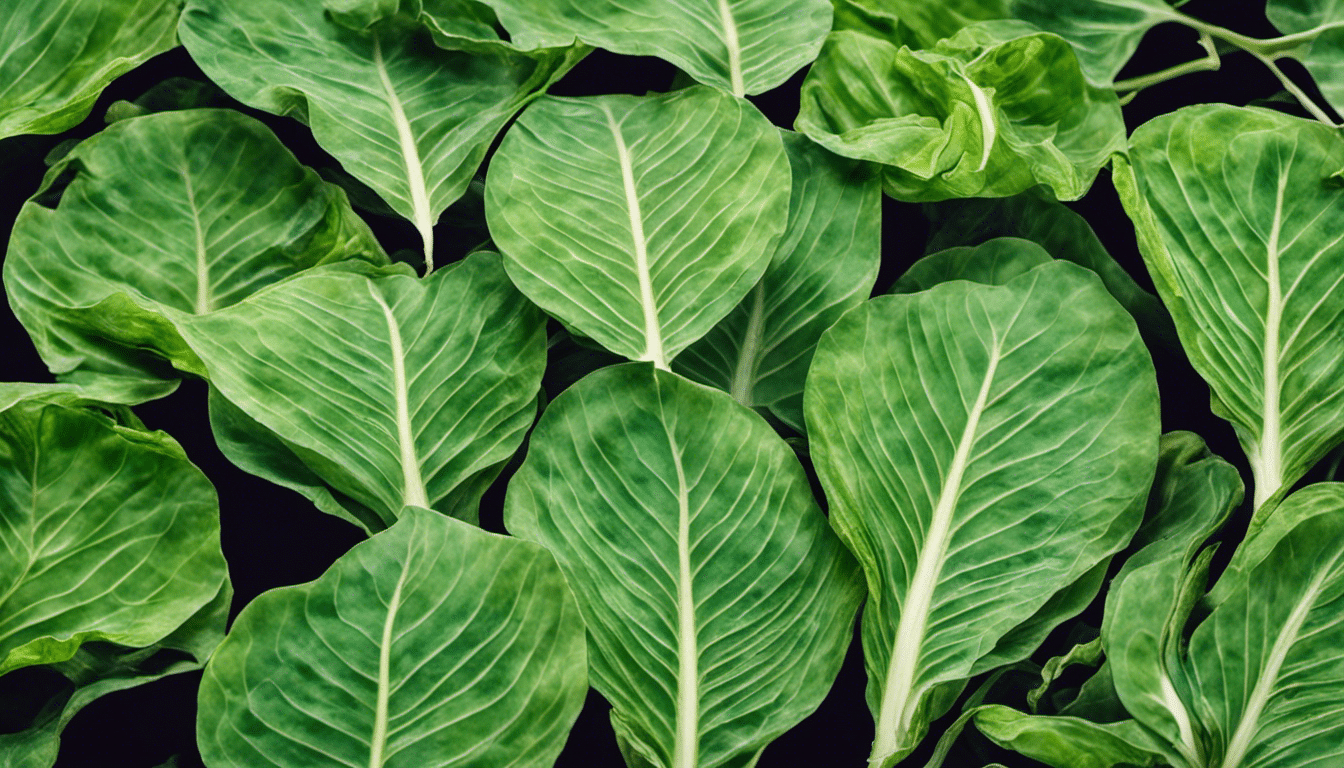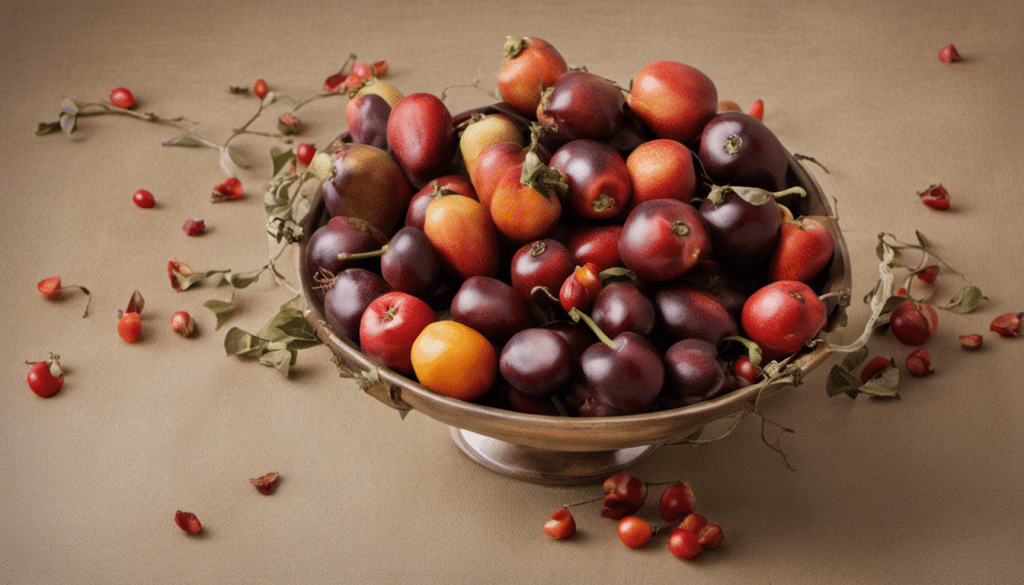All About Taro Leaves
If you’ve yet to feast your eyes or palate on taro leaves, allow this article to serve as your introduction. These large, glossy leafy greens are unmistakable. Apart from lending an exotic charm to your dishes, these nutritious powerhouses have been touted for their health-improving properties. A member of the Araceae family, taro leaves, also known by names like Luau leaf, elephant ear, and dasheen leaf, are consumed in numerous cultures worldwide. From the Philippines to Hawaii, taro leaves bring a distinct flavor profile that’s often described as somewhat spinach-like but with a nuttier undertone.
The Nutritional Profile of Taro Leaves
Like most leafy greens, taro leaves are low in calories and packed with essential nutrients that are key to maintaining optimal health. A 100g serving of taro leaves delivers high amounts of Vitamins A, C, E, B6, and folate. Impressive mineral content includes calcium, potassium, magnesium, and copper. Plus, they provide dietary fiber which plays a crucial role in promoting digestive health. Here is a rundown of the nutrition profile of taro leaves.
Health Benefits of Consuming Taro Leaves
Its dense nutrient profile means that incorporating taro leaves into your diet can bring a variety of health benefits. Here are a few health highlights:
- Vision Health: Being high in Vitamin A, taro leaves can aid in maintaining healthy vision and preventing night blindness.
- Immune System: Vitamin C in taro leaves boosts the body’s natural defenses against common diseases.
- Cardiovascular Health: Potassium, an essential mineral found abundantly in taro leaves, contributes to maintaining healthy blood pressure levels.
- Maternal Health: Folate, vital for fetal health, in taro leaves makes it a beneficial food choice for pregnant women.
- Anemia Prevention: With a high iron content, incorporating taro leaves into your diet could help ward off iron deficiency anemia.
In a nutshell, consuming taro leaves can support your overall wellbeing. It’s important, however, not to consume these leaves raw. They contain calcium oxalate, a naturally occurring compound that can cause irritation to your throat and skin. Cooking them thoroughly removes this compound and makes them safe to eat. Check out this tantalizing recipe of taro leaves in coconut milk.
Culinary Uses of Taro Leaves
Taro leaves are versatile and a delightful addition to various dishes. In stews, stir-fries, soups, salads, or curries, these leaves can add a nutrient boost along with a unique flavor twist. They also work well as a wrap for meat or fish, adding an aesthetically pleasing layer to your entrees. While selecting, prefer vibrant and firm leaves and they should be used within a few days of purchase for optimal freshness.
With their delicate flavor, unique texture, and impressive nutrition profile, taro leaves have earned their place in the world of gastronomy. It’s time to incorporate this leafy green wonder into your culinary routine and perk up your dishes naturally.
Taro Leaves Recipe Ideas
- Taro Leaves in Coconut Milk with Shrimp
- Taro Leaves in Tomato Sauce
- Steamed Taro Leaves with Garlic and Soy Sauce
- Taro Leaves and Spinach Curry
- Taro Leaves and Pork in Peanut Sauce
- Taro Leaves Stir Fry with Tofu
- Taro Leaves Salad with Lemon Dressing
- Taro Leaves with Beef Stew
- Taro Leaves Wrapped Fish
- Vegan Taro Leaves in Coconut Cream




